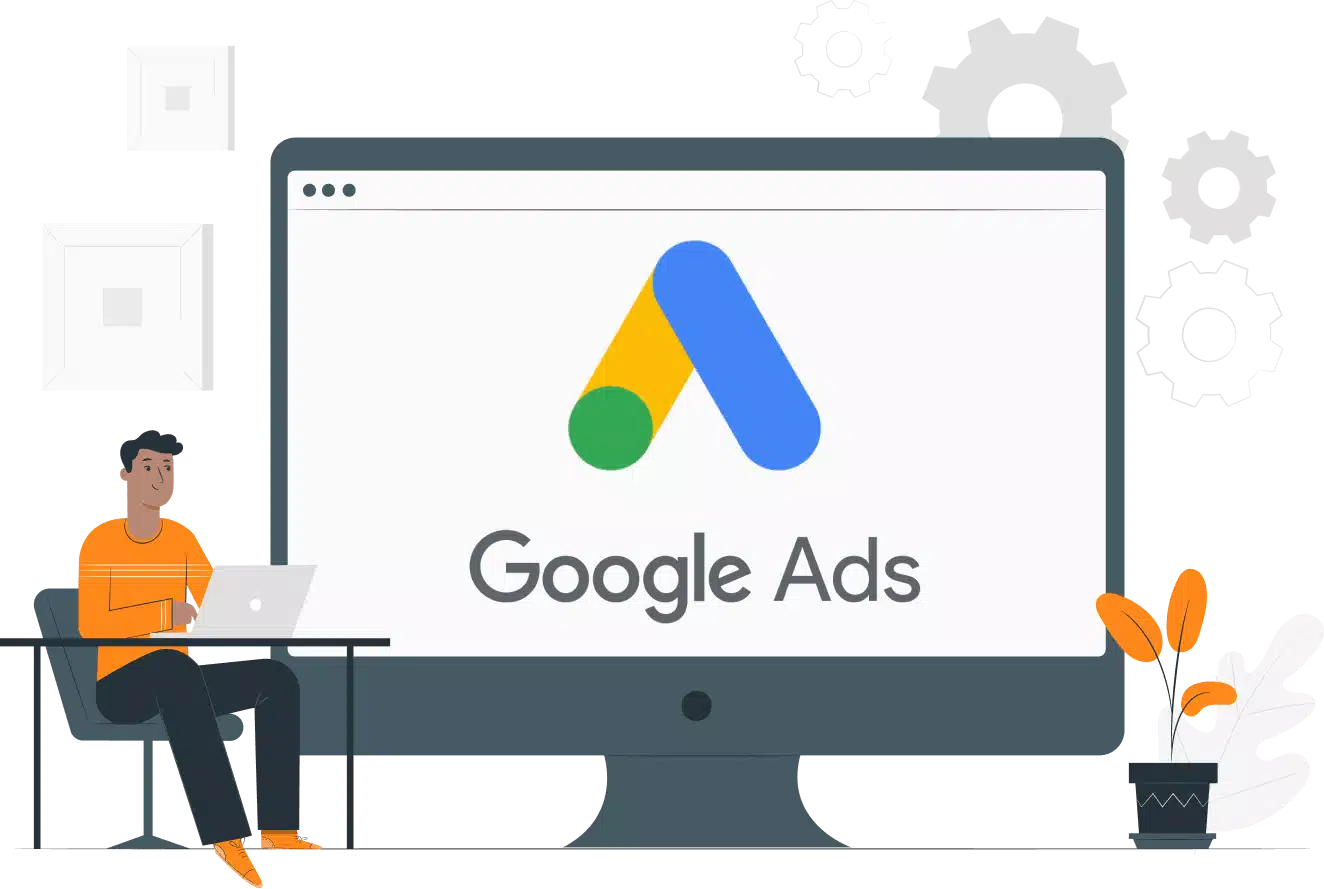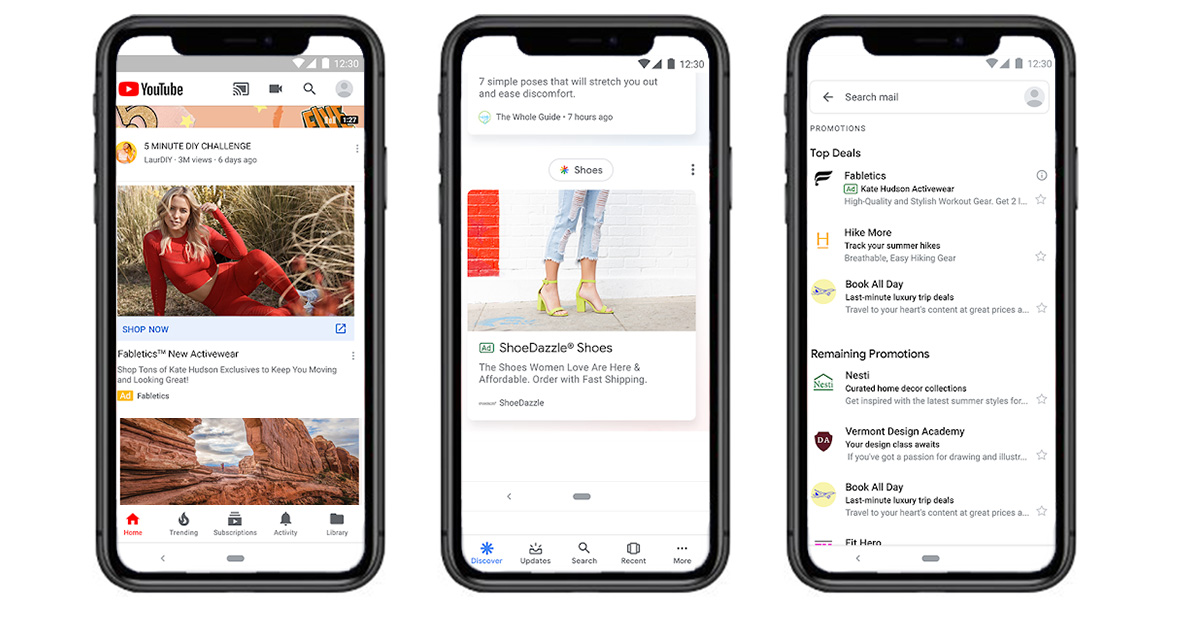Best Google Ad Campaign Structure For eCommerce
In the eCommerce world, marketing is crucial, and to achieve your sales target and get the best revenue, then you can’t ignore eCommerce Google Ads.
Google Ads Campaigns, which have been known before as AdWords campaigns, are a pay-per-click (PPC) type of advertising. You bid on a specific keyword on Google and compete with others who are bidding over the same keyword.
Setting up the perfect Google Ads campaign structure is an art in itself, and there are multiple ways to structure your accounts.
It is all about knowing and implementing everything you need to know about Google Ads for eCommerce via a well-structured marketing strategy that drives precisely targeted traffic to your eCommerce website.
To know everything you need about setting up the perfect Google ads campaign structure, keep on reading.
Table of content:
- What Are The Tiers In The Google Ad Structure?
- How To Set Up A Google Ad Campaign Structure For Your Ecommerce?
- The Best Practices For The Perfect Google Ad Structure
- What are the mistakes to avoid in Google Ad Campaign Structure?
What Are The Tiers In The Google Ad Structure?
Google Ads is divided into three main levels: account, campaigns, and ad groups. Knowing all the levels of your Google Ads account can help you find the exact performance data you're looking for.
Knowing those three levels, you can customize your performance data perspective to make it as broad or specific as you want.
To help you know more, the side panel of your Google Ads account begins with the broadest level -- "All campaigns" -- and gets more detailed as it moves downward. In each individual campaign, you'll find the ad groups contained in each one.
Sometimes it's beneficial to think of your account as a collection of campaigns. Whenever you want to analyze your performance, you can see the performance data for your entire account by clicking “All campaigns” in the side panel of your Google Ads account. Totals for all of the rows are listed at the bottom of your statistics table.
Did you know that more than 80% of businesses trust Google Ads for their Ad campaigns globally, and 8.5 billion Google searches occur daily?
How To Set Up A Google Ad Campaign Structure For Your Ecommerce?
There are some basics in building out an awesome Google Ads account structure, some of which are:
1- Create a Google Ads Account
2- Set Up Your Campaign

You need to start by creating your campaign and choosing the campaign type and setting. Think about your advertising objective. Hence, you can detect what your campaign type should be. Most times eCommerce businesses start with a search campaign. However, this can differ according to your goals. You can create different campaign types to satisfy multiple goals.
3- Set Up Your Budget & Bid Account
Once you set your campaign, you will be asked about your campaign setting, i.e. location targeting, language targeting, bid strategy (automatic vs. manual), and budget.
Now you need to start setting your campaign budget, bearing in mind that your monthly budget is your daily budget x 30.4. Hence, you can start with a monthly budget and work backwards (divide by 30.4). Based on your estimated CPC (cost per click), think about how many clicks per day your budget can support.
4- Create Your Ad Groups
Below the level of your campaigns lies the level of your ad groups. They are groups that contain one or more ads that share similar targets.
- Each of your campaigns is made up of one or more ad groups.
- You can use ad groups to organize your ads by a common theme.
It is always better to follow these below numbers while creating your ad groups:
- Max of 7-10 ad groups per campaign - - Max of 20 keywords per ad group
- 2-3 ads per ad group
5- Choose Your Campaign Keywords
Using keyword tools to do your keyword research can help you bid on keywords with search volume. You can also use the Google Ads Keyword Planner within your Google Ad account. However, you can use other free third-party keyword tools and resources.
Moreover, you need to keep in mind the keywords match types.
After that, you need to tell Google how much you are willing to pay per click. This is setting max CPC bids.
6- Create Your Ad Copy
It’s about time you wrote your ad copy. To be on the right track, you need to follow the Expanded Text Ad (ETA) best practices. You can also do the A/B Ad Testing to know what works best with your audience. Always keep your ad conversational and friendly.
7- Add Your Ad Extension
Ad extensions are ways to help you create ads that are more enticing. There are multiple ad extensions available. However, not all of them are right for your eCommerce business.
8- Analyze Your Ad Performance
To know which ads are performing best and which ones need revisiting, you need to check and analyze your ad performances in the dashboard of your Google Ad account.
The Best Practices For The Perfect Google Ad Structure
- Plan everything before you start; think about your objectives and what exactly you want to achieve.
- Think thoroughly about how you want your account to be structured.
- Create effective search ads.
- Use video campaigns to build brand awareness and reach out to broader audiences.
- Do very good research for your keywords.
- Test your budget, ad copy, wordings, and ad types and whether or not they work best with your brand
- Test your audiences and their reactions to your ads and what you can change to perform better, whether with new or existing customers
- Use context to create memorable ads Contextually relevant ads can boost purchase intent by 14%
- Target your new shoppers by bidding on keywords branded by your competitors
What are the mistakes to avoid in Google Ad Campaign Structure?
- Using the wrong or no conversion tracking actions
- Not Defining a precise and correct target audience
- Choosing keywords that don’t match or are not relevant to your brand and audience
- Using only broad match keywords
- Neglecting negative keywords
- Using Smart Bidding with the wrong goal.
- Using all of google’s default settings might waste your budget on irrelevant audiences.
- Auto-applying recommendations.
- Not Testing Bidding Strategies.
- Missing a strong call to action.
- Not having an ad copy-testing strategy.
- Underfunding your campaigns.
- Ignoring your competitors while creating your ads structures and strategies
Google Ads are crucial and have to be included in your eCommerce business marketing plan.
As your eCommerce business can perfectly benefit from setting up those Google ad campaign structures. As they allow you to choose from available targeting options and many types of campaigns.
Discover 6 Google Ads Strategies to Boost Your Online Store Conversion Rate
Google Ad Campaign Structure Automation
Are you ready to uplevel your e-commerce marketing game?
Convertedin is one of the best marketing operating systems that you can use for your eCommerce
business. Hence, you can easily set up your Google ad campaign structure with no worries or hassle. You can automatically utilize your data and your shoppers' insights to create personalized multi-channel marketing that can boost customer engagement, double your sales and maximize ROI.
Automate your upcoming Google ad structure and drive out the best results for your business.

